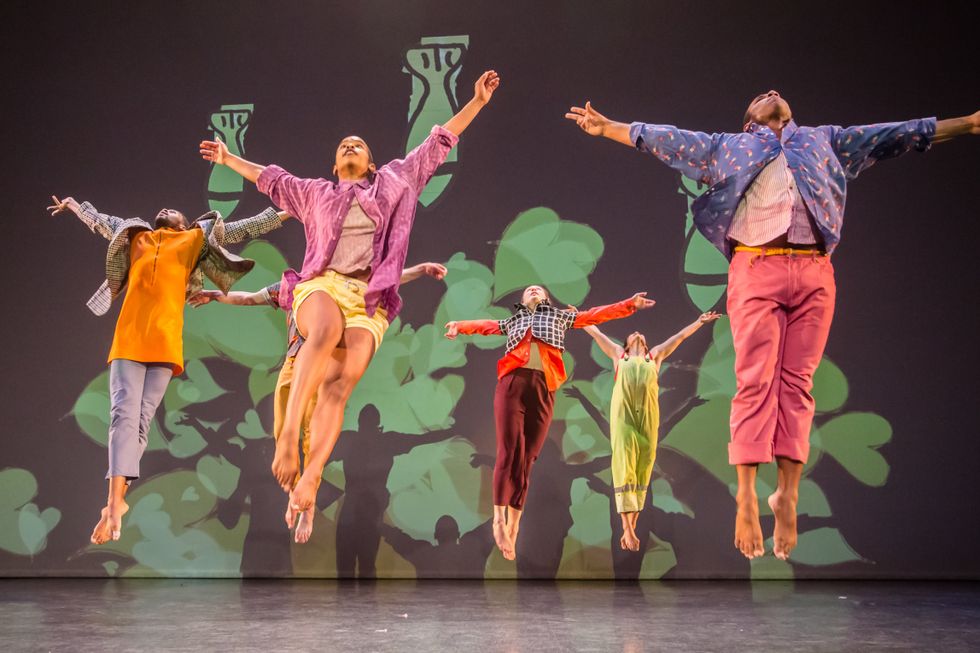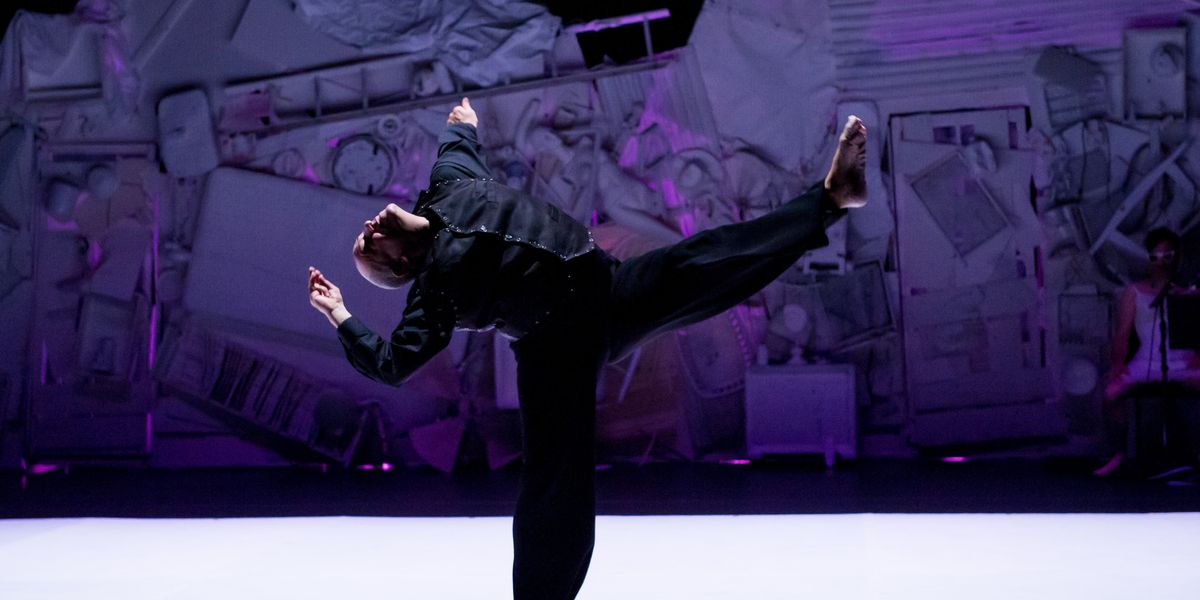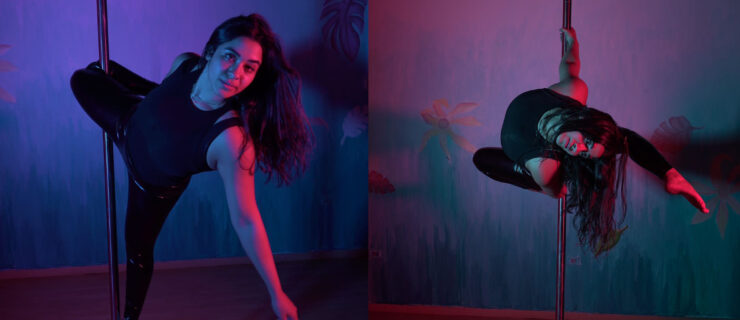Is Dance Underfunded Because It's Undervalued?
I hate asking for money. I am tired of feeling like we, as dance practitioners, are constantly begging for every morsel of sustenance. We are often seen as the poor stepchildren of the arts, usually thought of as having nothing tangible to sell.
Even talking about money is partially taboo in our field. Once we don the “artist cap,” and in this case, the “dance artist” cap, an old-school mentality takes over: the idea of “working for love,” without decent pay, without decent circumstances, without decent conversation on the subject.
How did dance get stuck with this devalued image?
Maybe it’s because we are such body-based creators and this gives the world (and ourselves) the impression that enjoyment and gratification should be enough, and that we don’t need proper compensation. Or maybe the ever-present puritanical, tyrannical practice of body shaming keeps us feeling unworthy and less important.
Society does ascribe value and will use hard-earned money to watch bodies compete against each other in an arena—they cheer as people are beaten or maimed gladiator-style in popular sports. Similarly, large amounts of money are made off the backs of hopeful contestants on reality shows. They sing and dance and display a multitude of talents, but somehow audiences are fooled into believing they’re watching entertainers, not artists.
Our societal values honor competition, and we march subconsciously toward the idea of victory, aligning ourselves with those we believe have what it takes to be victorious. What if instead we were taught in school to value the simplicity of witnessing and participating in life without the desire to conquer? Would artists start to be worthy of more mass appeal?

David Dorfman Dance in the world premiere of Aroundtown at Bates Dance Festival.
Adam Campos, Courtesy Dorfman
Enough complaining—for now. How do we ensure that all new theaters have sprung floors, that all professional dancers have benefits, that all touring companies at least break even? How do we cultivate both monetary support and dignity so that choreographers and dancers are valued as legitimate creators that are fervently contributing necessary cultural DNA for present and future generations?
Dancemakers: Talk about money with the same knowledge and passion with which we talk about our mentors, our dances and the art form’s history. Research the roots of our current capitalist value system and know it intimately. We are the creative thinkers. Think and strategize your way into prosperity. Consider it a mind-set, which is what successful for-profit companies have mastered. Be rigorous about making art that teems with value. Connect with patrons, foundations, government entities and corporate sponsors. Sit down with people who have resources and believe you have something to offer them. Tell them what you need in order to make your art and how their investment will elevate our country’s cultural fabric.
It’s not about an Instagrammable moment, but about creating something of lasting substance. Art has the power to shift society, and you must believe you’re responsible for doing so. Be willing to risk being “bad” at having important conversations until you become quite good at it; then repeat and mentor others.
I actually dislike the term “artist,” as it strikes me as pretentious too much of the time. Let’s think of ourselves more as artisans who are literally creating “things” (albeit ethereal) for people to take home with them—in their hearts, in their memories.
Let’s acknowledge what the actual cost of making dances is, ask for the funds and negotiate until we get what we need. Perhaps a sea change will take place over the next decade, one that will create a different kind of world: Sprung dance floors become the norm, and dancers don’t worry when a doctor’s visit is necessary or if their lives can be full of abundance. A world where a dancer walks down the street believing they’re of value to society.
If we reshape value, we’re letting the world know that we add value to it—we are value. As I say to the dancers in my company and the students I teach: “Movement is necessary.”




